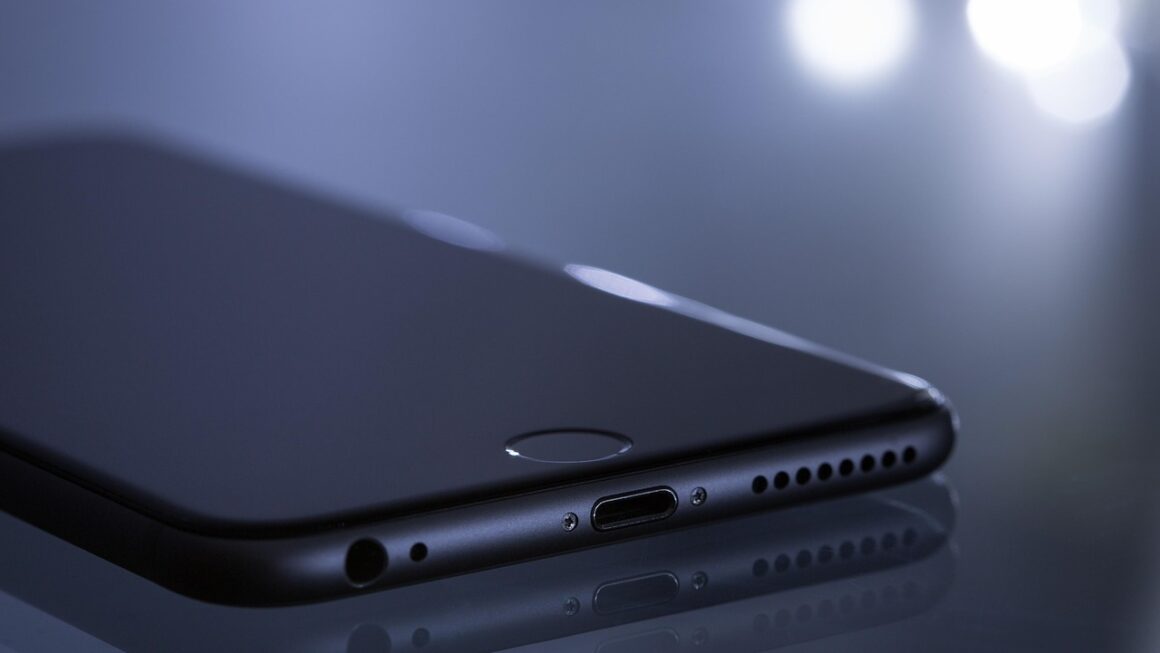Mirrorless cameras have revolutionized the photography world, offering a compelling alternative to traditional DSLRs. Boasting smaller, lighter designs and cutting-edge technology, they’ve become increasingly popular among both amateur and professional photographers. This comprehensive guide delves into the world of mirrorless cameras, exploring their advantages, features, and everything you need to know to choose the right one for your needs.
What is a Mirrorless Camera?
The Key Difference: No Mirror!
Unlike DSLRs (Digital Single-Lens Reflex cameras), mirrorless cameras lack the internal mirror that reflects light up to the optical viewfinder. Instead, light passes directly through the lens onto the image sensor, and the image is displayed on an electronic viewfinder (EVF) or the rear LCD screen. This fundamental difference allows for a significantly smaller and lighter camera body.
Advantages of the Mirrorless Design
The absence of a mirror offers several key advantages:
- Smaller and Lighter: Easier to carry around, making them ideal for travel and street photography.
- Faster Autofocus: Mirrorless cameras often have more sophisticated autofocus systems, including faster and more accurate tracking.
- Silent Shooting: Many mirrorless cameras offer completely silent shooting modes, essential for situations where noise is a concern (e.g., weddings, wildlife photography).
- Improved Video Capabilities: Mirrorless cameras generally excel in video recording, offering higher resolutions, frame rates, and advanced features.
- Customizable Viewfinder: The EVF provides a real-time preview of your exposure and white balance, allowing you to make adjustments before taking the shot.
Understanding Mirrorless Camera Features
Image Sensor Size
The image sensor is the heart of any digital camera, and its size plays a crucial role in image quality. Mirrorless cameras come in various sensor sizes:
- Full-Frame: Offers the largest sensor size, providing the best image quality, dynamic range, and low-light performance. Examples include Sony a7 IV, Canon EOS R6, and Nikon Z6 II.
- APS-C: A smaller sensor size, providing a good balance between image quality and camera size/price. Examples include Sony a6600, Fujifilm X-T4, and Canon EOS M6 Mark II.
- Micro Four Thirds: An even smaller sensor size, resulting in very compact cameras and lenses. Examples include Olympus OM-D E-M1 Mark III and Panasonic Lumix GH6.
Consider your shooting style and budget when choosing a sensor size. Full-frame is ideal for professionals and serious enthusiasts, while APS-C and Micro Four Thirds are great options for beginners and those who prioritize portability.
Autofocus Systems
Mirrorless cameras have pushed the boundaries of autofocus technology. Key features to look for include:
- Number of Autofocus Points: More autofocus points provide greater accuracy and flexibility when focusing on specific areas of the frame.
- Autofocus Modes: Common modes include single-point AF, continuous AF (for tracking moving subjects), and eye-detection AF (ideal for portraits).
- Low-Light Autofocus: The ability to focus accurately in low-light conditions is crucial for capturing sharp images in challenging environments.
Video Recording Capabilities
Mirrorless cameras are often the preferred choice for videographers due to their advanced video features:
- Resolution and Frame Rate: Look for cameras that can record at least 4K resolution at 30 frames per second. Higher frame rates (60fps or 120fps) allow for slow-motion recording.
- Log Profiles: Log profiles (e.g., S-Log, C-Log) provide a wider dynamic range, giving you more flexibility when color grading your footage.
- External Recording: The ability to output video to an external recorder (e.g., Atomos Ninja V) can unlock even higher-quality recording options.
Choosing the Right Mirrorless Camera
Identifying Your Needs
Before buying a mirrorless camera, ask yourself these questions:
- What type of photography do you primarily shoot? (e.g., portraits, landscapes, sports, wildlife)
- What is your budget?
- How important is portability?
- Do you need advanced video capabilities?
- Do you already own lenses from a specific brand? (This can influence your choice of camera system)
Researching Different Models
Once you have a clear idea of your needs, research different models that fit your criteria. Read reviews, watch comparison videos, and consider renting or borrowing cameras to try them out firsthand. Reputable websites like DPReview and Camera Labs offer comprehensive camera reviews.
Considering the Lens Ecosystem
The availability and quality of lenses are just as important as the camera body itself. Research the lens ecosystem for each camera system you’re considering. Are there a wide variety of lenses available to cover different focal lengths and shooting situations? Are the lenses well-regarded for their image quality and build quality?
Tips and Tricks for Mirrorless Camera Photography
Mastering the Electronic Viewfinder (EVF)
The EVF provides a real-time preview of your exposure and white balance, allowing you to make adjustments before taking the shot. Use this to your advantage by experimenting with different settings and seeing how they affect the image.
Utilizing Focus Peaking and Zebra Stripes
Focus peaking highlights the areas of the image that are in focus, making it easier to achieve sharp focus when shooting manually. Zebra stripes highlight overexposed areas, helping you avoid blowing out highlights.
Exploring Silent Shooting Mode
Take advantage of silent shooting mode in situations where noise is a concern. However, be aware that some cameras may have limitations when using silent shooting, such as slower frame rates or increased rolling shutter.
Customizing Camera Settings
Most mirrorless cameras offer a wide range of customization options. Take the time to learn about the different settings and customize them to suit your shooting style. This can significantly improve your workflow and allow you to capture better images.
Conclusion
Mirrorless cameras offer a compelling combination of performance, portability, and cutting-edge technology. Whether you’re a beginner or a seasoned professional, there’s a mirrorless camera out there that’s perfect for your needs. By understanding the key features and considerations outlined in this guide, you can make an informed decision and unlock your creative potential.




